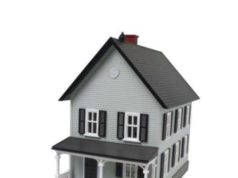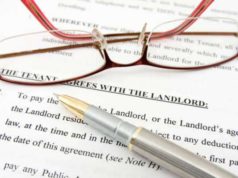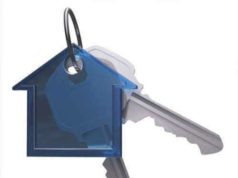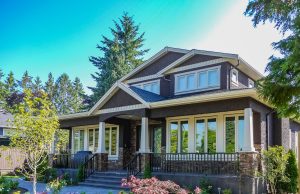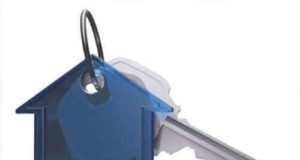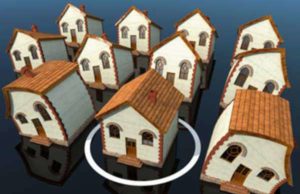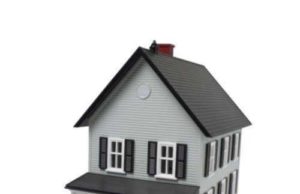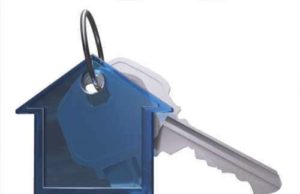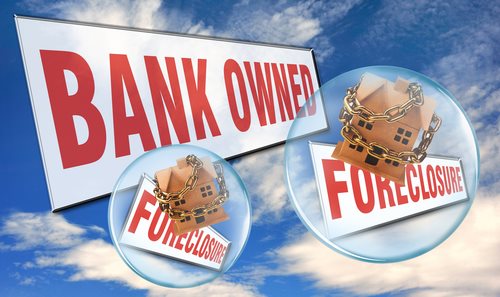
Introduction
Foreclosures are a sad reality of our times. In recent years, the United States has seen a surge in the number of foreclosures happening all over the country. This has led to a severe housing crisis, making it difficult for many Americans to find a place to call home. One of the sources contributing to this crisis is the foreclosure of homes owned by the US Department of Housing and Urban Development (HUD). In this article, we will delve deeper into HUD foreclosures and their impact on the housing market.
What are HUD Foreclosures?
HUD foreclosures refer to homes that have been foreclosed by the United States Department of Housing and Urban Development. These homes are owned by the government, and they are placed on the market for sale at a discounted price. HUD foreclosures can happen when a homeowner who has an FHA-insured mortgage defaults on their loan and is unable to make the payments. In such cases, the lender forecloses on the property and notifies HUD that they have repossessed the home. HUD then takes ownership of the home and lists it for sale on their website and through approved real estate brokers.
The HUD Foreclosure Process
The HUD foreclosure process is not very different from the regular foreclosure process. When a homeowner with an FHA-insured mortgage defaults on their loan, the lender will begin the foreclosure process. The lender will serve the homeowner with a notice of default, giving them a specified amount of time to get their payments up to date. If the homeowner fails to do so, the lender will move forward with the foreclosure process. The lender will then seize the property and notify HUD that they have taken ownership of the home.
Once HUD takes possession of the property, they will put it up for sale. The homes are usually sold through an online auction or through an approved real estate broker. When purchasing a HUD foreclosure, it is important to note that these homes are sold “”as-is.”” This means that HUD does not make any repairs or renovations to the property before selling it. As a result, buyers need to thoroughly inspect the property and factor in the cost of any necessary repairs before making an offer.
HUD Foreclosures and the Housing Market
HUD foreclosures have a significant impact on the housing market. When there are a large number of foreclosures in an area, it can lead to a decrease in housing prices. This is because the supply of available homes increases, while the demand for these homes decreases. As a result, homeowners that are trying to sell their homes may find it difficult to do so, especially if they are located in an area with a high number of foreclosures.
HUD foreclosures also impact the rental market. When a homeowner loses their home to foreclosure, they may be forced to turn to the rental market for housing. This can lead to an increase in rental prices, making it difficult for low-income families to find affordable housing.
How to Purchase a HUD Foreclosure
If you’re interested in purchasing a HUD foreclosure, there are a few steps you need to follow:
1. Search for HUD foreclosures in your area: You can search for HUD foreclosures on their website, or you can work with an approved real estate broker.
2. Get pre-approved for a mortgage: Before making an offer on a HUD foreclosure, you need to get pre-approved for a mortgage. This will give you a better understanding of your budget and help you avoid wasting time on properties that are outside of your price range.
3. Inspect the property: As mentioned earlier, HUD foreclosures are sold “”as-is.”” Therefore, it’s crucial to inspect the property thoroughly to get an accurate understanding of the condition of the home. If you’re not comfortable doing this on your own, you can hire a professional inspector.
4. Make an offer: Once you’ve found a HUD foreclosure that you’re interested in, it’s time to make an offer. You’ll need to submit your offer through an approved real estate broker, and it should include your pre-approval letter and any necessary documents.
5. Wait for a response: After you’ve submitted your offer, you’ll need to wait for a response from HUD. In some cases, HUD may counter your offer, or they may accept it outright. If your offer is accepted, you’ll need to move forward with the purchasing process.
Conclusion
HUD foreclosures are a significant issue that impacts the housing market in many ways. However, for those looking to purchase a home, HUD foreclosures can be an opportunity to get a great deal on a property. By following the steps outlined in this article, you can put yourself in a better position to purchase a HUD foreclosure that meets your needs and your budget. Finally, it’s important to remember that HUD foreclosures are sold “”as-is,”” so it’s crucial to inspect the property thoroughly and factor in the cost of any necessary repairs before making an offer.
HUD foreclosures are homes obtained by the United States Department of Housing & Urban Development through foreclosures.
More specifically, HUD homes from HUD foreclosures are residential properties ranging from 1-to-4 units were acquired the Department of Housing & Urban Development as a consequence of foreclosure actions on Federal Housing Administration-insured mortgages. The HUD then becomes the owner of the acquired property and offers it for sale to recover the loss on the foreclosure claim.
While the process of HUD foreclosures varies on a state by state process, most follow the same set of general steps. If foreclosure is a realistic possibility, it is important to research the applicable state’s laws and practices. The differences between the states can range from redemption periods, notices that must be mailed or posted, and the notices and scheduling issued in regards to the property auction.
There is nothing astonishing about HUD homes and those that undergo HUD foreclosures asides from the fact that the property mortgage was insured by the FHA. This can happen on a single family house, townhouse, or condominium, or other residential properties.
The specifications of the residence are not important, but rather, the home’s price must fit within certain guidelines in order to apply to the FHA insurance program and receive a FHA insured loan. This is what makes foreclosures into HUD foreclosures.
In the same way financial institutions take action when a property come back to the institution as being real-estate owned, the agency then uses real estate professionals to represent the agency’s interest in selling these HUD foreclosures to the public by using an established contractual procedure.
In most circumstances, mortgage companies will begin the process of HUD foreclosures anywhere from 3-6 months after the first mortgage payment missed. Late fees are often charged after approximately 10-15 days, but many companies realize the potential of short-term financial hardships so it is important that you keep in contact with the lender within the month of missing a payment.
After 30 days, the borrower is considered to be in default, and the foreclosure processes starts moving. By ignoring the lender and not calling the bank, the foreclosure process will start much earlier. At any point during the process, it is important to a housing counselor or the lender about different potential solutions.
At this point, three different types of foreclosures can be initiated:
• Judicial
• Power of sale
• Strict foreclosure.
The foreclosure process of the three requires all parties to be notified and public notices to be issued regarding the proceedings. When properties are sold through the auction, the families have a limited period of time to find another residence and move before the sheriff can issue an eviction.



